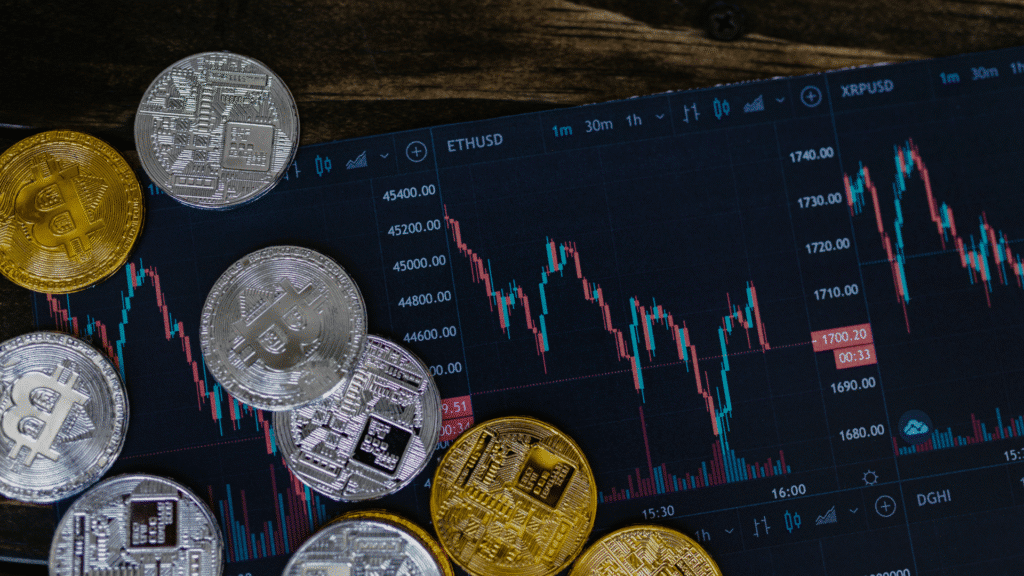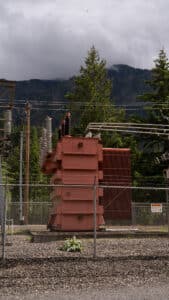Every 10 minutes, new bitcoin enters the world—but exactly how much? And more importantly: why does it matter?
If you’re an investor looking to understand Bitcoin’s true scarcity—and whether mining it can still be profitable—this answer may shift your entire perspective.
Let’s unpack the math, the mechanics, and the opportunity behind Bitcoin’s 10-minute block cycle—and how high-net-worth investors are using it to generate predictable, tax-efficient bitcoin yield.
What Happens Every 10 Minutes in Bitcoin?
Bitcoin operates on a predictable clock. Every ~10 minutes, the network confirms a new block of transactions. As a reward, miners receive a payout in freshly minted bitcoin.
This is known as the block reward—and as of mid-2025, the number is:
???? 3.125 BTC per block
That means every 10 minutes, exactly 3.125 new bitcoin are mined into existence.
In a full day, that adds up to:
- 144 blocks/day × 3.125 BTC = 450 BTC/day
That’s it. Globally. For everyone.
So if you thought new bitcoin was being pumped out by the thousands per hour—think again.
Bitcoin’s new supply is extremely limited, and it’s getting tighter with time. Here’s why.
Why the Number Keeps Shrinking: The Halving Effect
Bitcoin’s issuance schedule is designed to decrease over time through a process called the halving.
Roughly every 4 years (or every 210,000 blocks), the block reward gets cut in half.
| Year | Block Reward | BTC Mined Every 10 Minutes |
| 2009 | 50 BTC | 50 |
| 2012 | 25 BTC | 25 |
| 2016 | 12.5 BTC | 12.5 |
| 2020 | 6.25 BTC | 6.25 |
| 2024 → | 3.125 BTC | 3.125 |
The next halving is projected for 2028, when the block reward will drop again to 1.5625 BTC.
This decreasing supply is built into Bitcoin’s DNA—unlike fiat currencies, there’s no central banker who can “print more” when convenient.
Fixed Supply. Predictable Schedule. Unstoppable Code.
Bitcoin is the only monetary network in the world that:
✅ Issues new currency at a fixed, known rate
✅ Has a mathematically enforced supply cap (21 million BTC total)
✅ Reduces its own inflation every 4 years
That means there will only ever be 21 million BTC in existence.
And over 19 million have already been mined.
As we write this, less than 2 million BTC remain to be mined—over the next 115 years.
Let that sink in.
Every 10 minutes, 3.125 BTC are released into the world.
Every 4 years, that number is cut in half.
And by 2140, no new bitcoin will ever be issued again.
Scarcity like this doesn’t exist anywhere else in finance.
So… What Does That Mean for Miners?
It means that miners are racing to secure a piece of the remaining supply.
But only those with efficient hardware, low-cost electricity, and high uptime are profitable in today’s environment.
With 3.125 BTC rewarded per block and thousands of miners worldwide competing, it’s no longer realistic to mine solo and expect big payouts.
That’s where mining pools and hosted mining solutions like Abundant Mines come in.
How Much Can You Earn as a Miner?
Let’s say you own an Antminer S21 XP (~270 TH/s) and host it through Abundant Mines:
- Estimated daily BTC earnings (mid-2025 hash price): ~0.000135 BTC/day
- Annual BTC accumulation: ~0.05 BTC
- 10 machines? That’s ~0.5 BTC/year — passively.
And unlike buying bitcoin at market price, mining:
- Produces yield in BTC, not USD
- Unlocks tax advantages via depreciation (Section 179)
- Lets you accumulate bitcoin at $45K–$55K effective cost, well below market price
Where Do Transaction Fees Fit In?
Here’s a bonus most people miss:
Miners don’t just earn the block reward. They also collect transaction fees.
While the fixed reward is 3.125 BTC, actual blocks may contain 3.2, 3.4, or even 6+ BTC depending on network demand.
That means miners can earn even more when:
- The mempool is congested
- Ordinals or new apps spike block usage
- Users rush to confirm transactions
Case in point: In 2023, one block paid out 6.7 BTC in fees alone—more than the block reward.
Why Does All This Matter for Investors?
Because Bitcoin’s issuance schedule creates asymmetric opportunity.
Each BTC becomes harder to get over time.
Each halving reduces new supply.
Each 10-minute block rewards fewer coins.
If demand holds—or rises—while supply contracts, basic economics kick in.
That’s why long-term investors are turning to mining:
- To produce BTC, not just buy it
- To tap into a shrinking source of new supply
- To gain exposure to the asset that others are chasing on the open market
With Abundant Mines, clients aren’t speculating.
They’re owning infrastructure that earns bitcoin every 10 minutes.
Final Takeaway: Bitcoin’s Monetary Clock Never Stops
Every 10 minutes:
- The world gets 3.125 new BTC
- Miners get rewarded
- The supply gets closer to its cap
And that clock never sleeps.
No central bank, no politician, and no emergency can stop it.
It’s the most predictable monetary schedule in existence.
And it’s what makes Bitcoin not just scarce—but trustworthy.
???? Book your 1-on-1 mining strategy call
Disclaimer: The information provided in this blog is for informational and educational purposes only and should not be construed as financial advice. Please consult with a financial advisor or conduct your own research before making any financial decisions.



